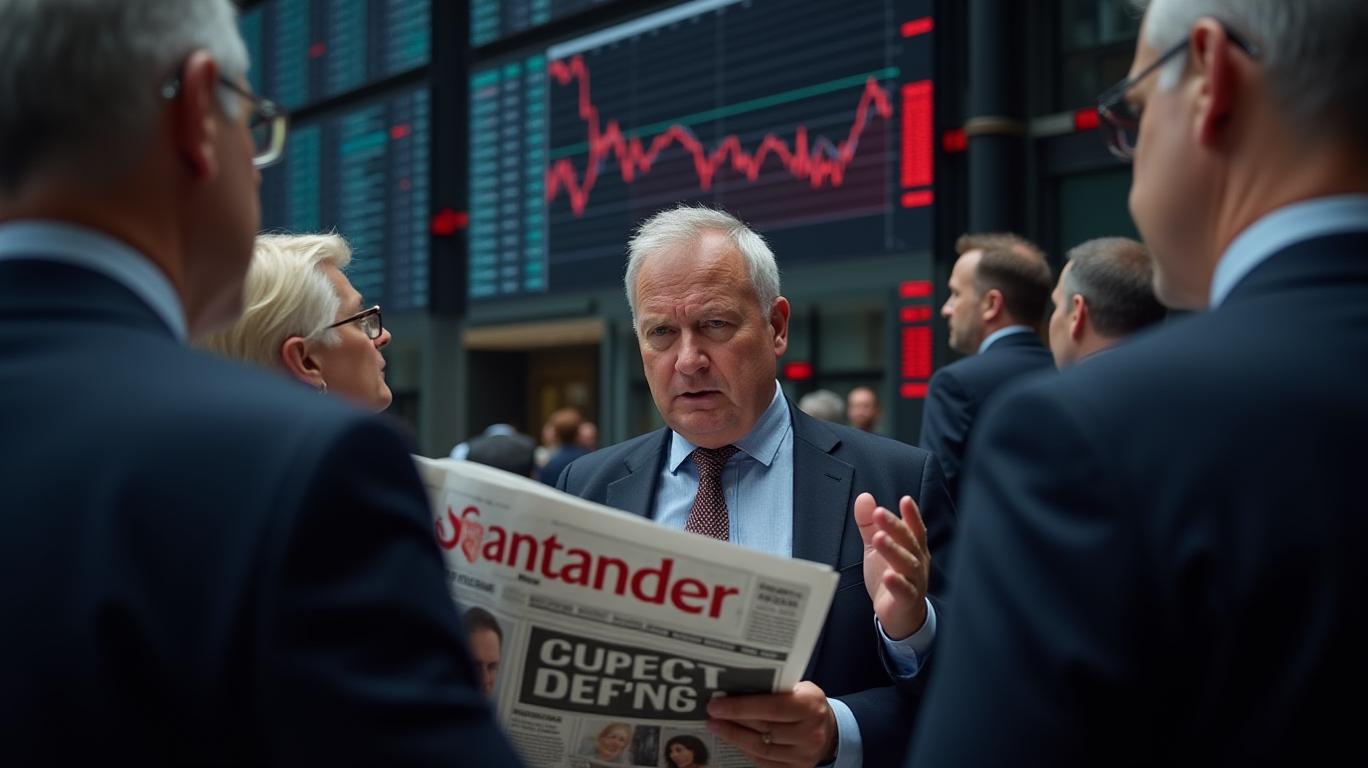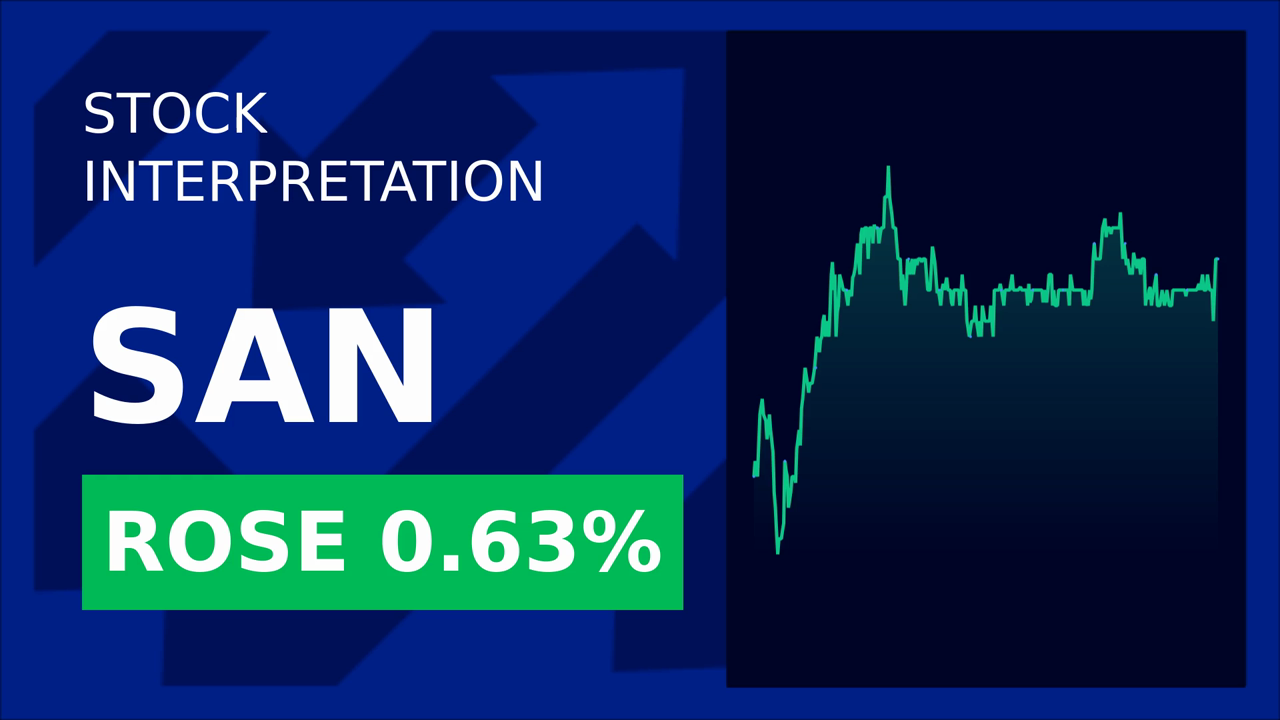Santander Stock Declines as Banks Challenge UK 'Ring-Fencing' Rules
On April 30, Santander Bank (SAN) shares dropped 5.41%, marking a two-day decline of 5.91%. This downturn aligns with a growing discourse challenging the UK's longstanding "ring-fencing" regulations. As reported, several banking giants, including Santander Bank, have recently urged UK Chancellor Rachel Reeves to abolish these rules.
The "ring-fencing" rules were introduced by the UK government in response to the 2008 global financial crisis. Their primary aim has been to shield retail banking operations from potentially volatile investment and international activities. However, critics, including Santander's leadership, argue that these measures are overly rigid and stifle banks' ability to bolster the economy.
Senior executives from HSBC, Lloyds, and Santander have collectively addressed the UK's Finance Minister, advocating for the removal of these restrictions. They argue that the separation of consumer lending from investment banking not only hampers banks' ability to support businesses but is now deemed unnecessary.
During the financial crisis, the UK government was forced to rescue several teetering banks, prompting these protective regulations. Yet, the banking industry has contended that such regulations are excessively burdensome, diminishing the UK's competitive edge against other global financial hubs.
In their communication with Reeves, the CEOs insisted that amidst global economic headwinds, it is crucial to dismantle barriers that impede banks' ability to support the broader economy and send a clear signal to investors about the government's commitment to reforming financial services. They emphasized the elimination of the "ring-fencing" regime as a paramount move that the government can undertake to maximize the banking sector's capacity in backing UK enterprises and driving economic growth.











